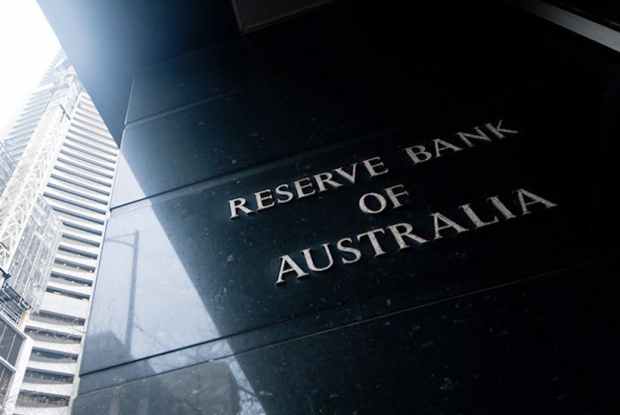Promises need timeframes, otherwise they are just empty words.
If your friend tells you they are doing a diet, you would not think of asking them when it commences, as you’d naturally assume it had begun or would soon.
If your child commits to studying hard for the upcoming maths test, you expect this will commence right away, and not hours before the scheduled test.
If your husband promises to mow the front lawn then, once again, there is an expectation this will happen over the coming weekend.
The point of these anecdotes is to illustrate that without an accepted and sensible time-frame, a...
Already a subscriber? Log in
Subscribe for just $2 a week
Try a month of The Spectator Australia absolutely free and without commitment. Not only that but – if you choose to continue – you’ll pay just $2 a week for your first year.
- Unlimited access to spectator.com.au and app
- The weekly edition on the Spectator Australia app
- Spectator podcasts and newsletters
- Full access to spectator.co.uk


























Comments
Don't miss out
Join the conversation with other Spectator Australia readers. Subscribe to leave a comment.
SUBSCRIBEAlready a subscriber? Log in